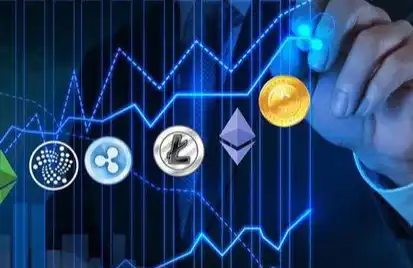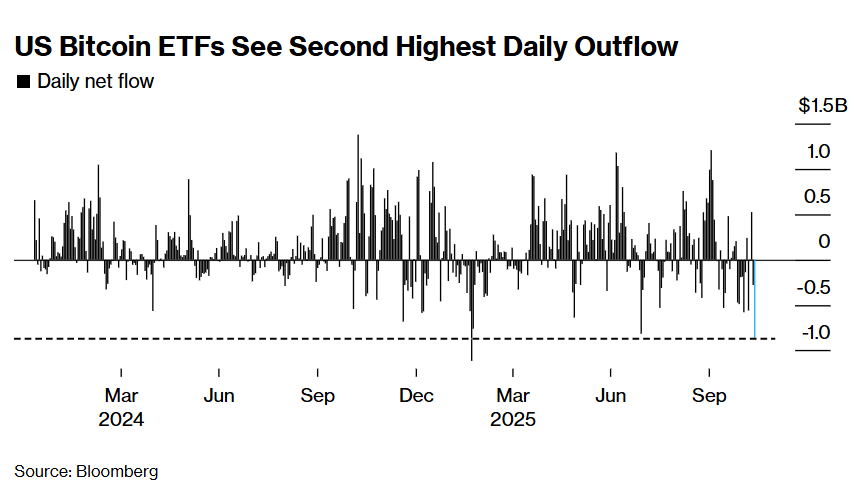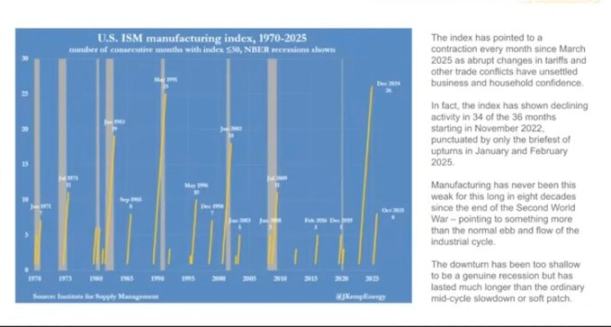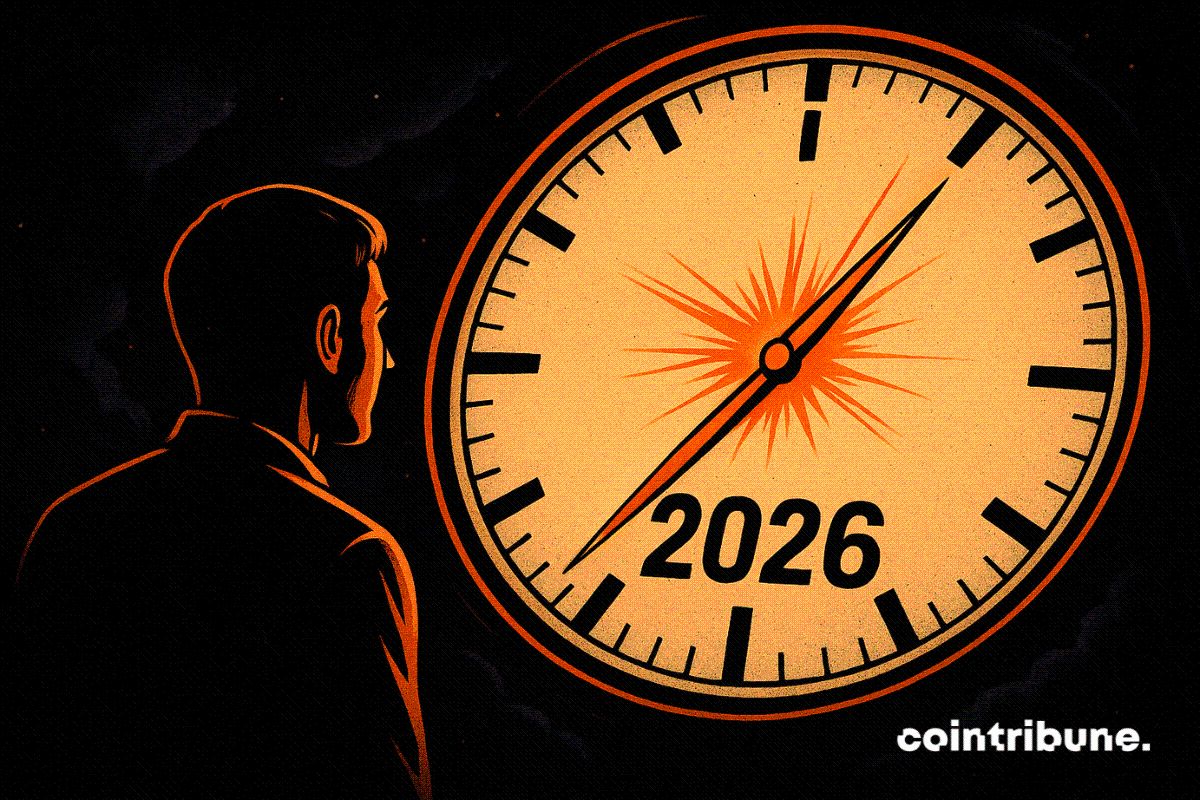7 Real World Asset Trends in 2024 That Will Unlock the Future of Finance

In the ever-shifting landscape of finance, the past two years have provided us with a unique set of challenges. Chief among them was U.S. inflation – peaking at a staggering 9.1% in June 2022 – which prompted the Fed to implement a series of aggressive (and still ongoing) rate hikes.
Concurrently, the crypto industry weathered its own storm, marked by the downfall of major projects like Terra/Luna, Celsius, Voyager, and FTX, along with a supporting cast of banks – Silvergate, Signature, and Silicon Valley Bank, among others.
This post is part of CoinDesk's "Crypto 2024" predictions package.
Amid this turbulence, blockchain builders have continued their inexorable march forward, with the realm of real-world assets (RWA) emerging as a beacon of innovation and resilience. At its core, real-world asset tokenization creates an investment vehicle on the blockchain that is linked to tangible assets such as real estate or automobiles, or anything else that could exist in physical form. Once ownership is recorded onchain, the asset can be traded, fractionalized, or held securely.
As we step into 2024, here are seven RWA trends poised to reshape the financial landscape:
1. Stablecoins: The Bedrock of Programmable Money
As Federal regulation looms, stablecoins – epitome of programmable money – are on the brink of transformative growth, fundamentally altering our perception of what currency looks like. In the US, two issuers dominate this space – Circle (which issues USDC as a multi-chain solution) and Paxos (which offers while labeled solutions such as Paypal’s PYUSD). Globally, stablecoins have ~$125B in market capitalization and form the foundational infrastructure layer that will power the value internet. Offering stability and flexibility, stablecoins are set to revolutionize global payments, remittances, e-commerce, trade finance, and more.
2. Tokenized Treasuries: Bridging Traditional and Decentralized Finance
The true convergence of traditional finance and decentralized finance is embodied in tokenized treasuries. As risk-free short-term treasury yields have gone up from near zero at the beginning of 2022 to about 5.4% in October of 2023, companies like Franklin Templeton, Ondo, Backed, Maple, Open Eden, and Superstate have pioneered the tokenization of short-term US Treasuries and bank deposits. According to data token and analytics platform RWA.xyz , this new asset class now boasts a market capitalization of $700 million. Tokenized treasuries are tearing down barriers, offering new avenues for investment and financial inclusivity.
3. Private Credit: Empowering SMEs Through DeFi
The private credit market, valued at $1trillion market in the US and $1.7 trillion globally, has long eluded small and medium enterprises. DeFi lending protocols such as Centrifuge, Goldfinch, Credit, Maple, Huma, and others are changing the game and opening up the floodgates of access to debt capital from the public markets, the banking system and traditional
private credit originators. Focused on specific industries or geographies, RWA.xyz currently estimates the market to have about $550M in active loans with a continuation of momentum in the coming months.
4. Backed NFTs: Revolutionizing Collectible Financing
With yearly global sales of over $65 billion ($30 billion in the U.S. alone), it’s easy to see there is a lot of money in art. But traditional markets for art and collectibles lack liquidity and are burdened by exorbitant fees (auction houses often add 15-20% fees onto small-ticket items). The global collectibles market (coins, stamps, books, comics, art, toys, and more) is estimated to be around $400 billion and similarly lacks liquidity. Marketplaces like eBay and some smaller bespoke marketplaces cater to this industry, while lending options are generally restricted to pawn shops that have high rates.
Luckily, decentralized protocols like 4K and arcade.xyz are shifting the paradigm. By bringing physical collectibles onto the blockchain, borrowing and lending against assets like Supreme T-Shirts and comic books have become reality. These initiatives democratize lending, making it accessible to collectors worldwide.
5. Consumer Brand NFTs: Elevating Customer Engagement
Leading consumer brands, including Nike, Adidas, Louis Vuitton, and Coca-Cola among others, are embracing NFTs. From Starbucks on Polygon to Amazon's rumored private blockchain endeavors, brands are leveraging blockchain to enhance digital footprints, customer engagement, and entertainment experiences. Whether on public blockchains (Starbucks on Polygon) or private blockchains (rumors swirl around Amazon), by incorporating gaming and metaverse elements, these brands are shaping the future of consumer interaction.
6. DeFi in Climate and Regenerative Finance
Amidst growing ESG concerns, blockchain technology is catalyzing positive change in the $2 billion and growing carbon market. Companies like Flowcarbon are harnessing blockchain's potential to enhance transparency in this important market, which must see a 15-fold growth by 2030 to achieve the Paris Agreement’s goals. Blockchain's accuracy and transparency at every stage of the carbon lifecycle are integral in fostering a sustainable future.
7. Tokenized Deposits and Wholesale Bank Settlements: Revolutionizing Cross-Border Transactions
Blockchain technology is reshaping the way banks handle tokenized deposits and wholesale settlements. While a Central Bank Digital Currency (CBDC) may not be a pressing issue to solve in the U.S., especially if private issuers can be regulated at Federal or state levels, several banks are experimenting on blockchain technologies on tokenized deposits and wholesale intra or inter-bank settlements. Pilots by industry giants like Citi and J.P. Morgan Chase demonstrate the potential for instantaneous cross-border transactions. This area will continue to expand in the coming months, enhancing efficiency in global finance.
Disclaimer: The content of this article solely reflects the author's opinion and does not represent the platform in any capacity. This article is not intended to serve as a reference for making investment decisions.
You may also like
As economic cracks deepen, bitcoin may become the next liquidity "release valve"
The US economy is showing a divided state, with financial markets booming while the real economy is declining. The manufacturing PMI continues to contract, yet the stock market is rising due to concentrated profits in technology and financial companies, resulting in balance sheet inflation. Monetary policy struggles to benefit the real economy, and fiscal policy faces difficulties. The market structure leads to low capital efficiency, widening the gap between rich and poor and increasing social discontent. Cryptocurrency is seen as a relief valve, offering open financial opportunities. The economic cycle oscillates between policy adjustments and market reactions, lacking substantial recovery. Summary generated by Mars AI. The accuracy and completeness of this summary are still being iteratively updated by the Mars AI model.

The wave of cryptocurrency liquidations continues! US Bitcoin ETF sees second highest single-day outflow in history
Due to the reassessment of Federal Reserve rate cut expectations and the fading rebound of the U.S. stock market, the crypto market continues to experience liquidations, with significant ETF capital outflows and options traders increasing bets on volatility. Institutions warn that technical support for bitcoin above $90,000 is weak.

When traditional financial markets fail, will the crypto industry become a "pressure relief valve" for liquidity?
As long as the system continues to recycle debt into asset bubbles, we will not see a true recovery—only a slow stagnation masked by rising nominal figures.

A Quiet End to 2025 Could Prime Crypto for a 2026 Breakout, Analysts Say

